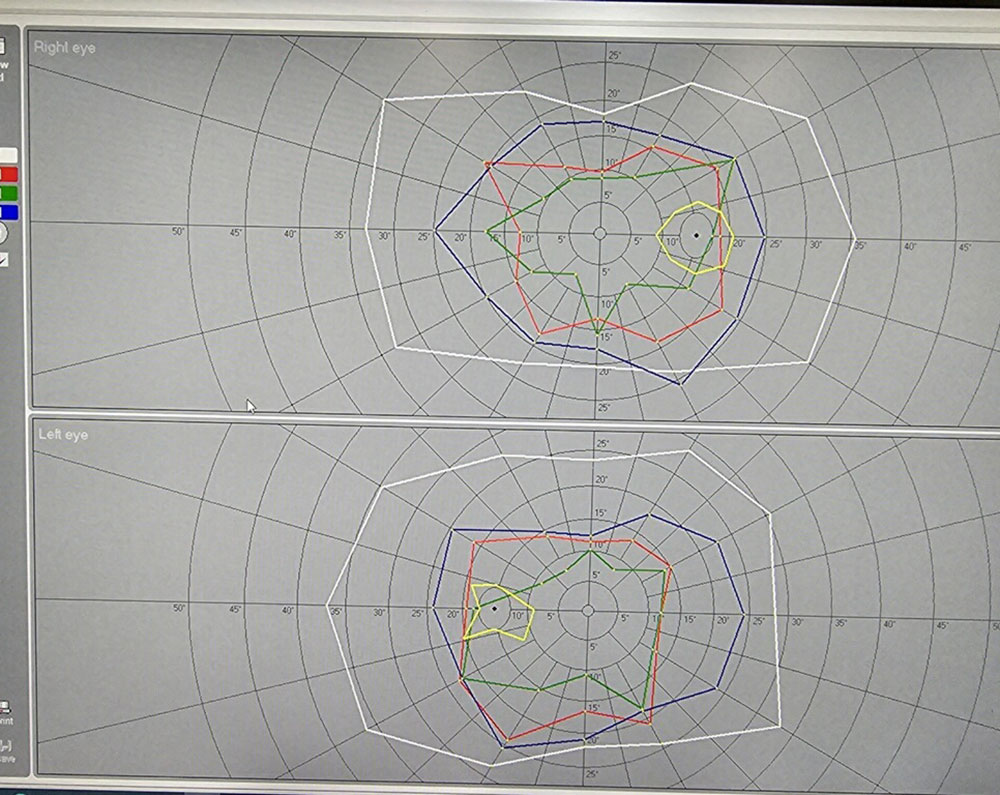Syntonics
Syntonics can greatly enhance performance at school or work or even while playing sports. Learn about this type of treatment and schedule an appointment in Raleigh.


Syntonics
Syntonics can greatly enhance performance at school or work or even while playing sports. Learn about this type of treatment and schedule an appointment in Raleigh.
Syntonics, Raleigh, NC
Syntonics, also called light therapy, is a branch of neurovisual rehabilitation that focuses on bringing the nervous system into balance through light stimulation. With syntonics, we use specific color wavelengths and frequencies of light to produce changes in the visual system. By changing the light and color patterns, different visual pathways between the eye and brain are either stimulated or relaxed.
Light therapy has been used to treat the neurological system since the early 1930s, with the most popular example being the use of syntonic treatment for seasonal affective disorder. Not all retinal cells inside the eye send messages about vision to the brain. For example, some cells inside the eye control our sleep and wake cycles, working even in people that are completely blind. Some of these retinal cells connect the eye directly to non-vision areas of the brain such as the hypothalamus and the pineal gland, affecting chemical and hormonal releases within our body. Through years of research, studies have demonstrated that specific wavelengths and frequencies of light processed via the eye to these parts of the brain can produce beneficial results in treating conditions like double vision, chronic headaches, lazy eye, or amblyopia.


Benefits of syntonics
One benefit of syntonics over other therapy models is an enlargement of one’s peripheral vision. Concussions, trauma, stress, anxiety, or binocular visual issues frequently cause a narrowing or tunnel vision effect that greatly reduces a person’s ability to perform everyday tasks. Imagine trying to read or drive while looking through a very narrow window of vision. Enlarging a person’s peripheral field can greatly enhance performance at school or work or even while playing sports.
During a neurovisual evaluation, Dr. Alecia Barnes designs a specific treatment plan for the wavelength, frequency, and pattern of light stimulation to be used during therapy to improve your visual function. Syntonics treatment is most often used in conjunction with in-office vision therapy to achieve the best results for visual and neural system integration, relaxation, and recovery.
To learn more about syntonics, visit csovision.org or contact our Raleigh office today.
